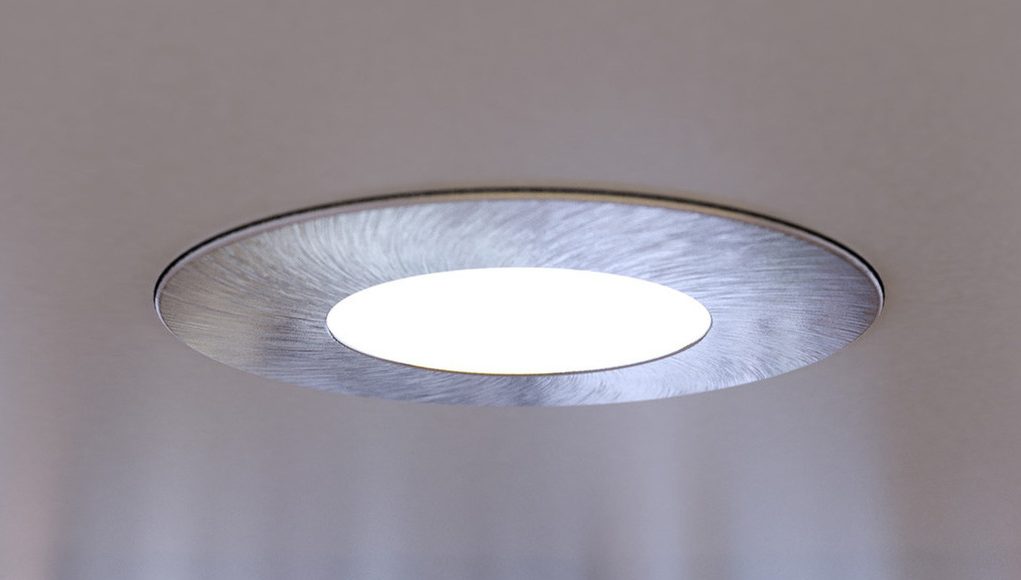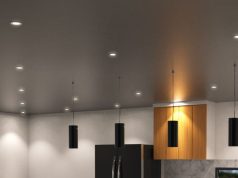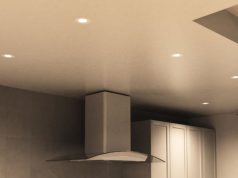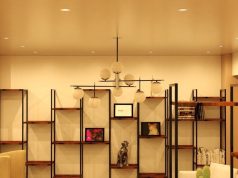Choosing the right lightbulb can feel like solving a mystery. You used to just grab a 60-watt bulb and call it a day. But now, you see lumens, lumen wattage, and all sorts of technical jargon. What does it all mean?
Don’t worry! You’re not alone.
This guide will clear up the confusion. You’ll learn what lumens are and how different bulbs—LEDs, CFLs, and incandescents—compare in brightness and efficiency. Spoiler alert: some are energy vampires, while others are shining stars (literally).
What Are Lumens? (And Why Should You Care?)
Let’s get one thing straight: lumens measure brightness, not power. The higher the lumens, the brighter the bulb. Simple, right?
In the past, we judged brightness using watts. But watts measure energy use, not light output. That’s why modern packaging now focuses on lumen wattage instead of watts.
Still confused? Think of it this way: an LED bulb can give off the same brightness as an old-school 60-watt incandescent but only uses about 10 watts. You’ll no longer get a mini heart attack every time the electric bill arrives!
Lumens in LED Lightbulbs
LEDs are the undisputed champions of modern lighting. They crank out lumens while sipping electricity like a refined connoisseur. A standard fire-rated LED bulb provides around 75 to 110 lumens per watt, making it the most practical and efficient choice.
Not only will they brighten up your space, but they’ll also stick around for the long haul. With a lifespan of up to 50,000 hours, an LED bulb could outlive your next five houseplants (assuming you’re bad at keeping those alive).
Typical LED Brightness:
- 800 lumens ≈ 10W LED
- 1,600 lumens ≈ 16W LED
LEDs might be a bit pricier upfront, but they’ll save you a fortune on electricity. Plus, unlike some older bulbs (ehem, incandescents), they won’t double as a hand warmer.
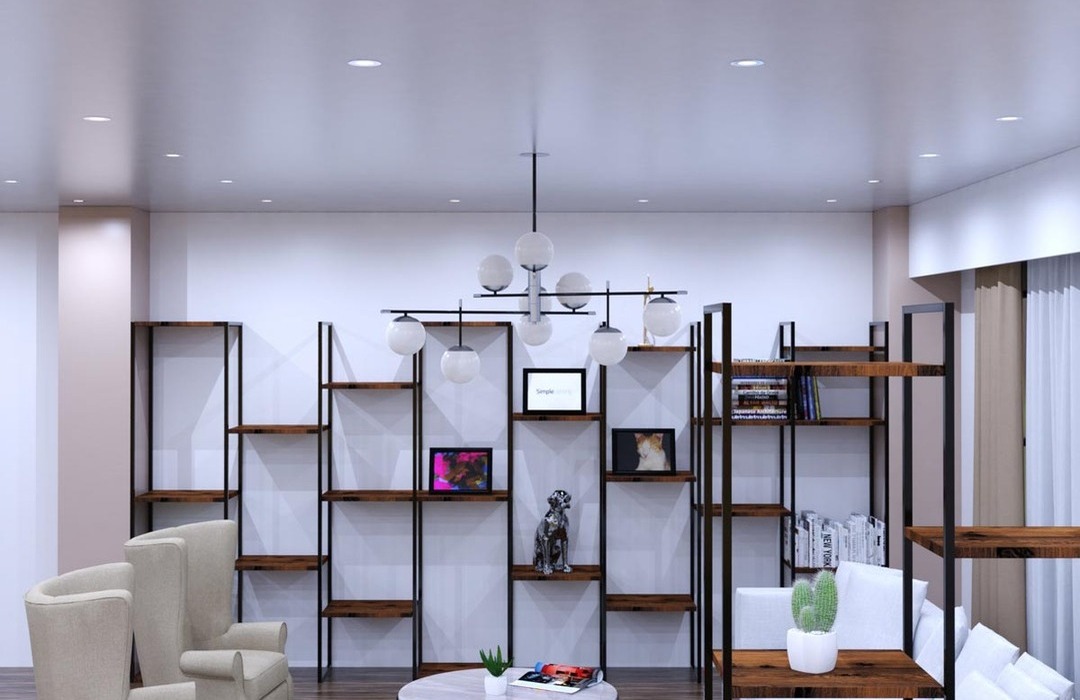
Lumens in CFL Lightbulbs
CFLs (Compact Fluorescent Lamps) used to be the go-to choice for energy-saving enthusiasts. They were the cool new kids in town before LEDs stole the spotlight. Compared to incandescents, they’re a vast improvement. But compared to LEDs? Well, let’s just say they’re the B-team.
CFLs produce about 50 to 70 lumens per watt. While it isn’t bad, it’s not LED-level efficiency.
Typical CFL Brightness:
- 800 lumens ≈ 13 to 15W CFL
- 1,600 lumens ≈ 26 to 30W CFL
Another big downside? CFLs contain mercury. If one shatters, you’re in for a complicated cleanup process (cue hazmat suit). They also take a few seconds to reach full brightness, which can be annoying when you just want to flick the switch and go.
When it comes to CFL vs LED bulbs, LEDs win hands down.
Lumens in Incandescent Lightbulbs
Ah, the incandescent bulb – a true relic of the past. These bulbs give off a warm, nostalgic glow but are about as efficient as heating your house with a candle.
With a measly 10 to 17 lumens per watt, incandescents are the least efficient of the bunch. Most of their energy gets wasted as heat, making them more of a tiny oven than a light source.
Typical Incandescent Brightness:
- 800 lumens ≈ 60W incandescent
- 1,600 lumens ≈ 100W incandescent
To make matters worse, they burn out quickly – around 1,000 hours of use. That means you’ll be replacing them constantly. Many countries have started phasing them out, and honestly, that’s for the best.
When comparing incandescent vs LED light bulbs, LEDs are the obvious winner. Incandescents might have that classic look, but they’re basically little money-burning machines.
How to Choose the Right Lumens for Your Needs
Choosing the right lumens isn’t rocket science, but getting it wrong could leave you squinting in dim light or feeling like you’re in an interrogation room.
For a Cozy Atmosphere
Want that warm, inviting glow that improves your well-being? Stick to 400 to 800 lumens per bulb for bedrooms and lounges. Anything brighter will make you feel like you’re under a spotlight on stage.
For Work and Task Areas
Need to see what you’re doing without straining your eyes? Kitchens, offices, and workspaces need 1,000 to 1,500 lumens per bulb to keep things bright and productive. No excuses for chopping the wrong ingredient now.
For Outdoor and Security Lighting
Dark pathways and dodgy corners? 1,500 to 3,000 lumens per fixture should keep things visible. Enough brightness to see but not enough to blind the neighbours.
For Bathrooms and Mirrors
Trying to get ready in dim bathroom lighting is a nightmare. 700 to 1,200 lumens per bulb will keep your reflection clear and help you spot that stray eyebrow hair before it becomes a problem.
For General Household Use
If you just want a no-fuss, well-lit space, 800 to 1,200 lumens per bulb is your sweet spot. It’s bright but not overbearing—perfect for everyday living.
Why LEDs Are the Best Option
If you’re still not convinced that LEDs are the superior choice, let’s break it down.
Versatility Meets Efficiency
LEDs do everything from a dim, romantic glow to stadium-level brightness. Unlike CFLs and incandescents (which limit your options), LEDs come in at every brightness and colour temperature imaginable.
More Light, Less Guilt
LEDs give you the brightness you need while consuming a fraction of the energy. That means lower electricity bills and fewer polar bears losing their homes – win-win.
Longevity That Outlasts Your Attention Span
LEDs last up to 50,000 hours. That’s roughly 11 years if you keep them on 24/7. You’ll forget where you even bought the bulb before it burns out.
Smart, Not Just Bright
Many LEDs are smart-home compatible, so you can dim them, change colours, and even control them with your voice. Nothing says “modern living” like telling your lights to turn off while lying in bed.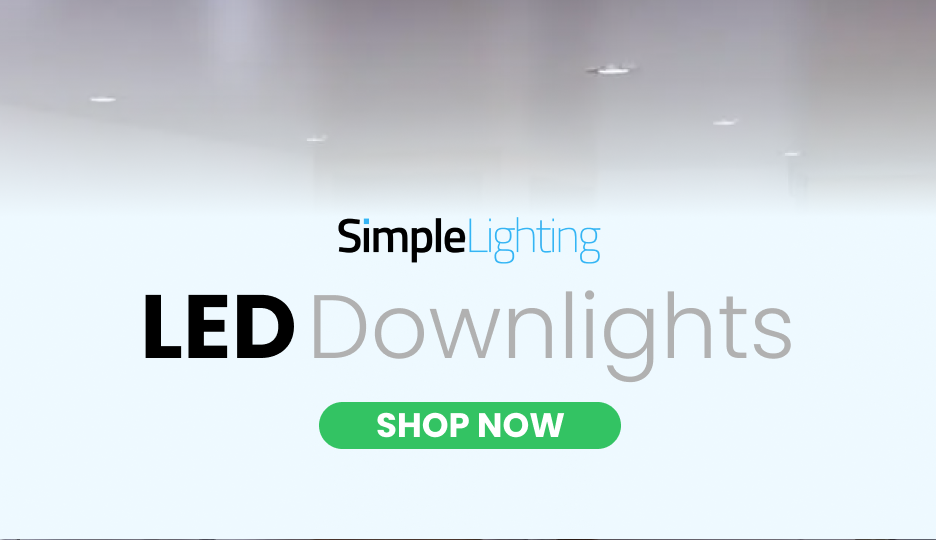
Final Thoughts
So, what have we learned?
- LEDs are the best choice – bright, efficient, and long-lasting.
- CFLs are okay but outdated compared to LEDs.
- Incandescent are basically just mini heaters disguised as lightbulbs.
When choosing bulbs, always check lumens instead of watts. Your wife and the planet will thank you.
If you’re looking for high-quality LED lighting solutions, check out Simple Lighting. We have a fantastic range of energy-efficient bulbs to help brighten your home without burning a hole in your wallet. Visit our website to check them out!


